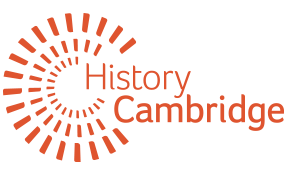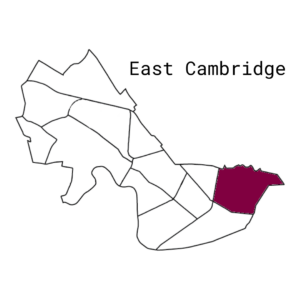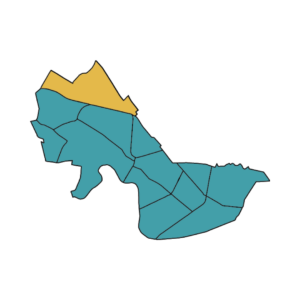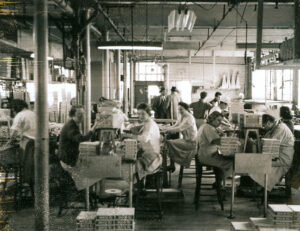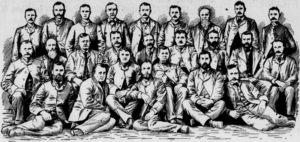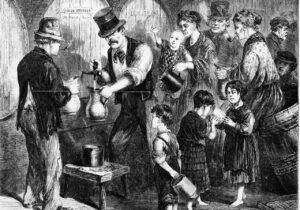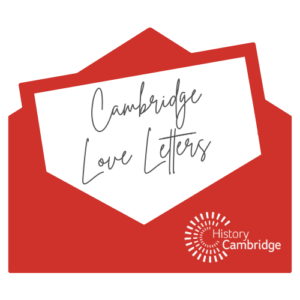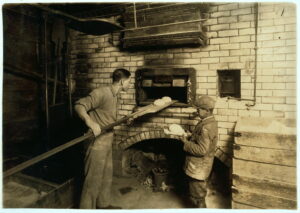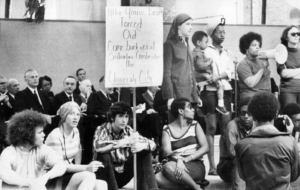Posts Tagged ‘Irish history’
East Cambridge History Hub
2025 is our year of East Cambridge See what events we’ve got planned! A Brief History of East Cambridge The area that we now know as East Cambridge was for many centuries largely salt marshes and mud flats which, at low tide, virtually cut the area off from other parts of the city, as well…
Read MoreWatershed: An Excursion in Four Parts
by Emily HiestandFirst published by The Georgia Review and Beacon Press in 1998. Updated slightly in 2021 for publication in This Impermanent Earth, and in 2024 for History Cambridge. Part One | Street Like travelers who want to keep some favorite place from being overly discovered, the residents of our neighborhood sometimes confide to one another in a near-whisper, “There’s no…
Read MoreNorth Cambridge History Hub
North Cambridge History Hub
Read MoreChanging Tides in Cambridge Industry
By the early 20th century, Cambridge was an industrial center with a broad array of factories. People from all over the country and the world came to work here. Why?
Read MoreGilded Age Cambridge eyed the Haymarket Affair as misconduct from ‘those Bohemian anarchists’
How labor won over suspicion resulting from violence in Chicago
Read MoreFrom Papists to Patriots: St. Patrick’s Day in Cambridge
In the 1840s and 1850s, as a blight on the potato crop left millions of Irish in dire straits, the Cambridge press shared detailed descriptions of their suffering and implored readers to donate to a growing number of relief societies to aid the starving Irish abroad. As the famine reached its peak in the late 1840s, waves of rural Irish arrived in Massachusetts and settled in Boston, Cambridge, and surrounding communities. By 1855, 22% of adults in East Cambridge reported having been born in Ireland, and Irish immigrants made up a sizeable portion of the workforce in the city’s clay pits, brickyards, and glass and furniture factories.[1] Although Cambridge was a welcome respite from their suffering at home, Irish immigrants were not uniformly embraced in their new city; as poor, foreign-tongued newcomers – and especially as Roman Catholics – they were often stereotyped, criticized, and even shunned by white Cantabrigians who considered themselves natives.
Read MoreCambridge Love Letters
In June 2021, History Cambridge held and event called “Cambridge Love Letters” at Starlight Square. We asked members of the larger Cambridge community to send us their love letters to the city. These are some of the submissions. Dear Cambridge, When I first arrived in your port twenty-one years ago, I had no idea how…
Read MoreWaves of Cambridge Migration: An Update
By Doug Brown, 2018 Why do people uproot their lives, move far from friends and family, and suffer the indignities that often come with being “new” to a place? Sometimes it’s for an education, or a different job, or a new relationship. Or maybe it’s simply to escape difficult circumstances, to reinvent oneself. The short…
Read MoreSelf-Guided Tour: Women Activists of Riverside 50 Years After Suffrage
Stop 1: Begin the tour in Central Square With the passage of the 19th Amendment one hundred years ago this past August (2020), American women won the right to vote. Rather than a culmination, this event marked the beginning of a long fight for equal treatment and equity that is still far from over. Fifty…
Read More“The Absolute Majority of the Population”: Women in Twentieth-Century Cambridge
This article was originally published as a chapter in Cambridge in the Twentieth Century, edited by Daphne Abeel, Cambridge Historical Society, 2007. Inspired by Cambridge Historical Society’s 2020 theme—Who are Cambridge Women?—the author, Eva Moseley, has reviewed the manuscript and made a few updates which are noted in the text that follows. “The Absolute Majority…
Read More